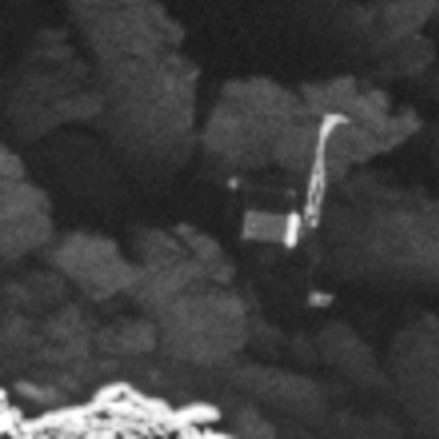Blue Origin reveals its orbital rocket
The competition heats up: Blue Origin today unveiled the orbital rocket it plans to launch before 2020, dubbed New Glenn.
Named in honor of John Glenn, the first American to orbit Earth, New Glenn is based around two variants – a two stage and a three stage launch vehicle – and a reusable booster stage. No information has been released as to where the booster stage will land, although it is believed Blue Origin is evaluating the option of an “ocean-going platform,” per planning documentation associated with the launch site. “Building, flying, landing, and re-flying New Shepard has taught us so much about how to design for practical, operable reusability. And New Glenn incorporates all of those learnings,” Mr. Bezos added.
Mr. Bezos added that the two-stage New Glenn is 270 feet tall, and its second stage is powered by a single vacuum-optimized BE-4 engine (the BE-4U). The 3-stage New Glenn is 313 feet tall. A single vacuum-optimized BE-3 engine, burning liquid hydrogen and liquid oxygen, powers its third stage. The booster and the second stage are identical in both variants. The three-stage variant – with its high specific impulse hydrogen upper stage – is capable of flying demanding beyond-LEO missions.
The rocket will be quite large and comparable more to SpaceX’s Falcon Heavy than its Falcon 9, indicating that the competition is not only forcing companies to lower their prices, it is forcing new designs to be larger and have more capacity.
The competition heats up: Blue Origin today unveiled the orbital rocket it plans to launch before 2020, dubbed New Glenn.
Named in honor of John Glenn, the first American to orbit Earth, New Glenn is based around two variants – a two stage and a three stage launch vehicle – and a reusable booster stage. No information has been released as to where the booster stage will land, although it is believed Blue Origin is evaluating the option of an “ocean-going platform,” per planning documentation associated with the launch site. “Building, flying, landing, and re-flying New Shepard has taught us so much about how to design for practical, operable reusability. And New Glenn incorporates all of those learnings,” Mr. Bezos added.
Mr. Bezos added that the two-stage New Glenn is 270 feet tall, and its second stage is powered by a single vacuum-optimized BE-4 engine (the BE-4U). The 3-stage New Glenn is 313 feet tall. A single vacuum-optimized BE-3 engine, burning liquid hydrogen and liquid oxygen, powers its third stage. The booster and the second stage are identical in both variants. The three-stage variant – with its high specific impulse hydrogen upper stage – is capable of flying demanding beyond-LEO missions.
The rocket will be quite large and comparable more to SpaceX’s Falcon Heavy than its Falcon 9, indicating that the competition is not only forcing companies to lower their prices, it is forcing new designs to be larger and have more capacity.


